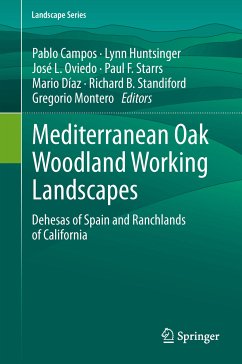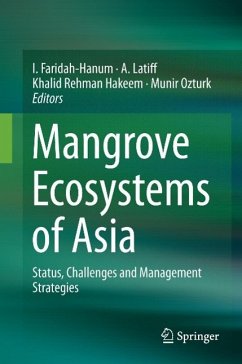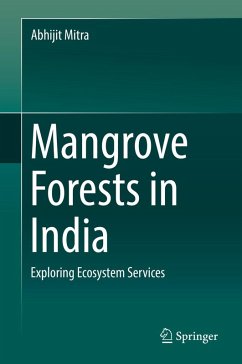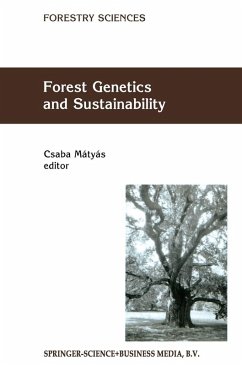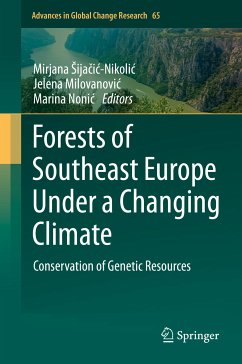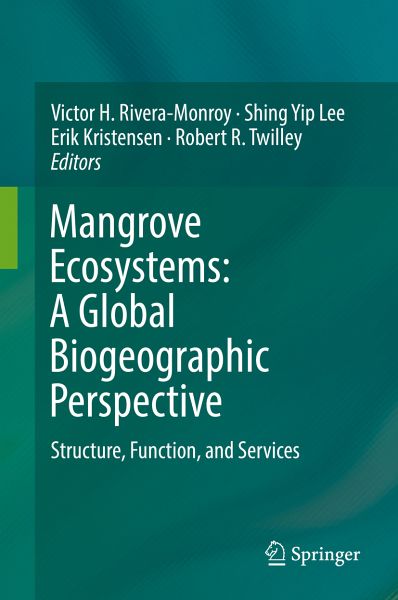
Mangrove Ecosystems: A Global Biogeographic Perspective (eBook, PDF)
Structure, Function, and Services
Redaktion: Rivera-Monroy, Victor H.; Twilley, Robert R.; Kristensen, Erik; Lee, Shing Yip
Versandkostenfrei!
Sofort per Download lieferbar
96,95 €
inkl. MwSt.
Weitere Ausgaben:

PAYBACK Punkte
48 °P sammeln!
This book presents a comprehensive overview and analysis of mangrove ecological processes, structure, and function at the local, biogeographic, and global scales and how these properties interact to provide key ecosystem services to society. The analysis is based on an international collaborative effort that focuses on regions and countries holding the largest mangrove resources and encompasses the major biogeographic and socio-economic settings of mangrove distribution. Given the economic and ecological importance of mangrove wetlands at the global scale, the chapters aim to integrate ecologi...
This book presents a comprehensive overview and analysis of mangrove ecological processes, structure, and function at the local, biogeographic, and global scales and how these properties interact to provide key ecosystem services to society. The analysis is based on an international collaborative effort that focuses on regions and countries holding the largest mangrove resources and encompasses the major biogeographic and socio-economic settings of mangrove distribution. Given the economic and ecological importance of mangrove wetlands at the global scale, the chapters aim to integrate ecological and socio-economic perspectives on mangrove function and management using a system-level hierarchical analysis framework. The book explores the nexus between mangrove ecology and the capacity for ecosystem services, with an emphasis on thresholds, multiple stressors, and local conditions that determine this capacity. The interdisciplinary approach and illustrative study cases included in the book will provide valuable resources in data, information, and knowledge about the current status of one of the most productive coastal ecosystem in the world.
Dieser Download kann aus rechtlichen Gründen nur mit Rechnungsadresse in A, B, BG, CY, CZ, D, DK, EW, E, FIN, F, GR, HR, H, IRL, I, LT, L, LR, M, NL, PL, P, R, S, SLO, SK ausgeliefert werden.
Alle Preise in Euro und inkl. der gesetzl. MwSt. | Innerhalb Deutschlands liefern wir preisgebundene Bücher versandkostenfrei. Weitere Informationen: bitte hier klicken
Support
Bitte wähle dein Anliegen aus:
Rechnungen
Bestellstatus
Retourenschein
Storno



